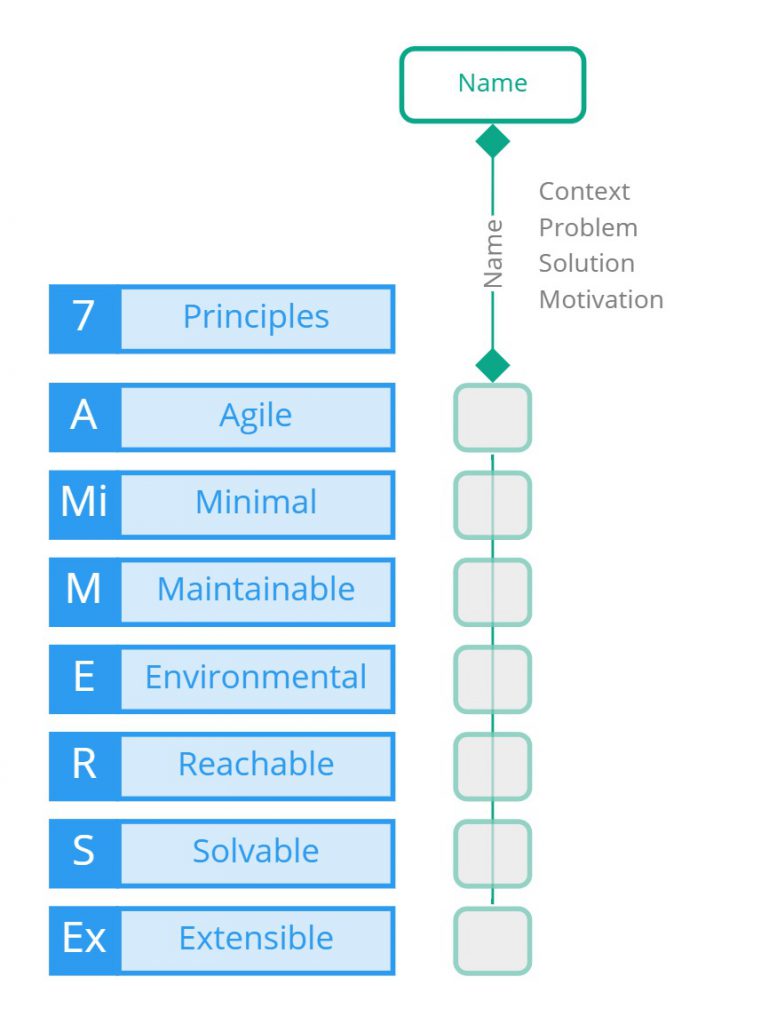About me
Hello. I am Jonathan B. Crossland. I have been building software since 1990. It is hard to say exactly who I am, because I enjoy so many things. I am a systems thinker, a coder, a strategist, business developer and published author but also a songwriter, studio musician and a bonsai practitioner. Does that say who I am? Not really, we are all multi-dimensional.
Along with being a father and husband, I am also a mercantile law graduate, child-actor, welder, bricklayer, building foreman, building draughtsman and I have also started businesses and designed large scale software systems.
This is important to understanding AMMERSE which was born out of talking to builders, building architects and software architects, salesman, janitors, developers, managers and people with all different takes on life.
AMMERSE is one of many concepts and ideas through the years, but one which I hope will help you considerably in your communications and systems thinking.

Currently a consulting CTO for a Commercial Property Agency, helping them build an international network.
Grow your culture
design for outcomes
I am available to bring AMMERSE to your organisation.
I bring passion and AMMERSE knowledge to help tweak and align management and technical people, cut through issues, discover where you are and guide you in seeing the gap to where you want to be.
With AMMERSE I give you the tools to continue the work of growing your value oriented culture.
jonathan@ammerse.org
How I developed AMMERSE
Jonathan Crossland
Where I used AMMERSE
- Early on with clients to gauge the strategic understanding
- ADR (Architectural Design Records) I called them SolutionStatements at the time not knowing anything about ADR
- Gap analysis, for many aspects of business models, products, competition
- Training interns and young developers how to think about design and to what level designs should be
- Mapping GoF design Patterns to the seven principles to understand the critical pros/cons of each pattern
- I designed the Maturity Index based on the principles of measuring the maturity of a product and its code
- I also applied them occasionally to other areas, like Capability Models to skills analysis, objectives and KPI.
frustration the mother of invention
Perhaps a cliche, but between 1999 and 2005, I increasingly grew frustrated with my roles between the management hierarchy and my development team. Trying to glean information from an opaque management structure while trying to architect good software and communicate this with teams of developers proved difficult but always blurry. There was little to no communication with stakeholders, customers or anyone with a strategic view. One wondered if often there was a strategic view. Developers often created designs that later became apparent to be over-engineered, under-engineered and mostly far from where the business and product were moving to.
A little context
The idea of management strategy and business models being present and available so that good designs in software could be aligned swirled in my head. I also wanted a language to communicate ideas to developers allowing them to make better decisions. I also wanted the principles to be more than a maxim or guide, but be considered as “truths”, as core axioms of design and even business. So this is what took a while to digest and consider.
I originally came up with several different ideas and then a dozen principles but whittled them down to seven and called it IMMERSE sometime around 2005. The I was Ag(i)le, but this became too confusing for a mnemonic.
I signed the AM in 2003, but although it felt good to fight against the rigidity around me, I knew it was not addressing the larger picture of design, nature of communication. and vision. But I had doubts about my AMMERSE principles and sharing it, and those around me were resistant in taking the idea on board, mainly due to the popularity of AM and other things like XP, but also because systems thinking was not something in the minds of people I spoke with.
A delayed launch
Over the last 15 years, I have used it in various personal business capacities for many rewards and occasionally spoke about them on LinkedIn or my now defunct blog. In 2022, I realised that AMMERSE was still a missing part of the ecosystem and systems thinking was becoming more widespread.
It felt that it was finally the right time to try and spread the idea.
The AMMERSE book
The book will take you through systems thinking from the AMMERSE value system’s viewpoint. The book will outline and explain the concepts for you to take action in your context. The book will provide you with all the necessary understanding to influence the system.
Add your name to get early access, updates and a discount on the book when it is released.



